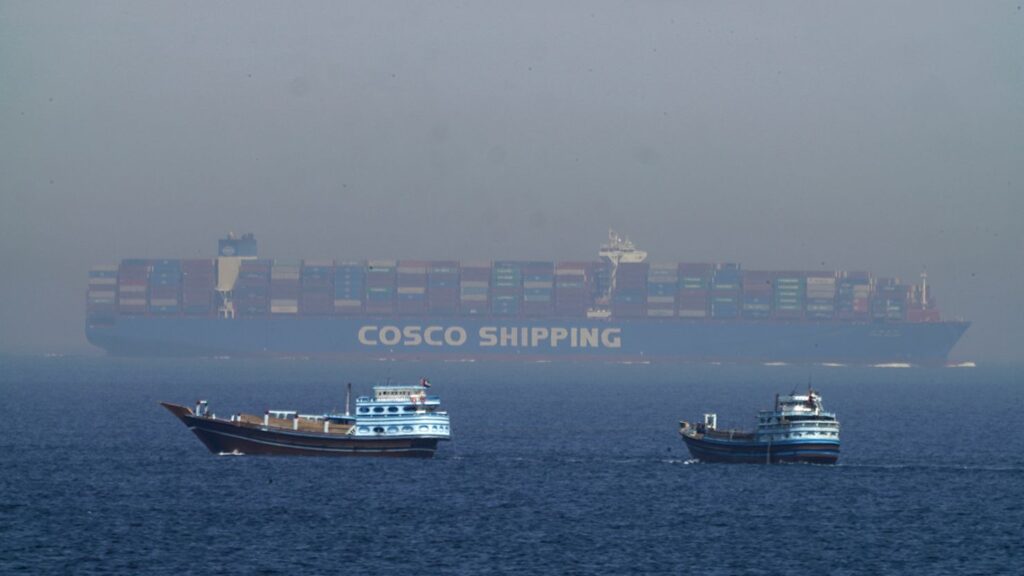While there have been no major disruptions to the global oil supply so far, the attacks on Iran — by Israel and then the US — have rattled investors, sending oil futures soaring by around 10% since the start of hostilities, among fears Iran could retaliate by disrupting shipping in the Strait of Hormuz.
From the perspective of the global economy, there are few places as strategically important. The waterway, located between the Persian Gulf and the Gulf of Oman, is only 21 miles wide at its narrowest point. It’s the only way to ship crude from the oil-rich Persian Gulf to the rest of the world. Iran controls its northern side.
About 20 million barrels of oil, about one-fifth of daily global production, flow through the strait every day, according to the US Energy Information Administration (EIA), which called the channel a “critical oil chokepoint.”
On Sunday evening, following US airstrikes on three of Iran’s nuclear facilities, Brent crude, the global benchmark, briefly surged above $80 per barrel, according to Refinitiv data, the first time that’s happened since January. Before the conflict, prices had largely hovered between $60 and $75 a barrel since August 2024.
But over the course of the Asian trading day on Monday, Brent and WTI, the US benchmark, gave up their early gains. Brent last traded 0.53% lower at $76.49 per barrel, while WTI was 0.62% lower at $73.38.
